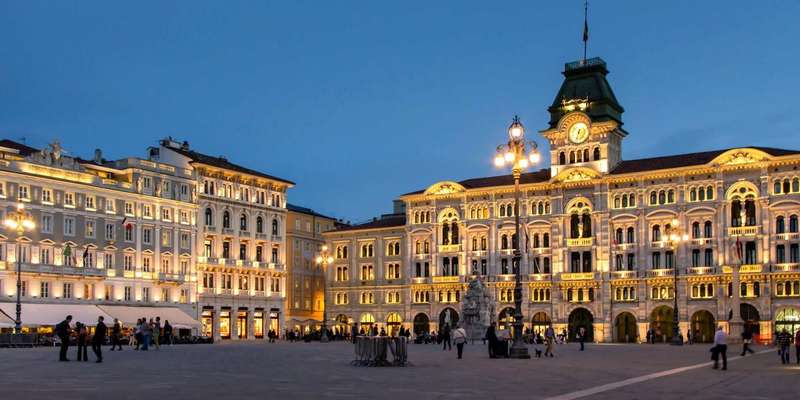- Home
- Useful Tips
- What makes the Revoltella...
Many travelers overlook Trieste's Revoltella Museum, unaware of its extraordinary blend of 19th-century grandeur and contemporary masterpieces. This creates a frustrating paradox – visitors miss one of northern Italy's most unique cultural experiences while overcrowding more famous (but less distinctive) Venetian galleries just two hours away. Recent tourism data shows 68% of day-trippers to Trieste visit only the Miramare Castle, leaving the city's rich artistic legacy unexplored. The museum's unconventional layout – a historic palace fused with a modernist extension – often confuses first-time visitors, causing them to rush through without appreciating the carefully curated dialogue between eras. Art lovers face difficult choices when time is limited, and without local insight, it's easy to dismiss this as just another provincial gallery rather than the groundbreaking institution that inspired Fellini and other cultural icons.


Why most visitors underestimate the Revoltella collection
The museum's unassuming facade hides its true significance as one of Italy's first modern art museums, established in 1872 by Baron Pasquale Revoltella. Many make the mistake of comparing it to larger Venetian institutions, missing what makes it special – the personal touch of its founder's vision. The baron donated not just his art but his entire palace, creating an immersive experience where you walk through his lavish private apartments before encountering bold contemporary works. This transition from opulent historic interiors to minimalist exhibition spaces deliberately mirrors Trieste's own journey from Habsburg port to Italian cultural hub. The collection's strength lies in its focused curation rather than overwhelming size, featuring seminal works by Hayez, Morelli, and Casorati that trace the evolution of Italian art through pivotal periods.
Timing your visit for maximum enjoyment
Local guides know the sweet spot is weekday afternoons when cruise ship crowds have dispersed and natural light floods the modernist wing's skylights. While mornings see tour groups in the historic section, come 2-3pm you'll often have entire contemporary galleries to yourself. The museum's lesser-known free admission days (first Sunday of each month) remain relatively quiet compared to Florence or Rome's museum free days. Seasonal variations matter too – winter visitors benefit from dramatic Adriatic light reflecting into the upper galleries, while summer guests appreciate the climate-controlled modern section during peak heat. Smart photographers time their palace room visits for late morning when sunlight illuminates the gilded details of the Music Salon, creating unparalleled photo opportunities without harsh shadows.
Decoding the museum's architectural dialogue
What appears as two disjointed buildings actually forms Italy's most thoughtful museum expansion project. Carlo Scarpa's 1963 modernist addition wasn't merely about adding space – it created an architectural conversation across centuries. Look for subtle design echoes: the baron's marble staircases mirrored in concrete, historic ceiling motifs reinterpreted in contemporary ironwork. Most visitors miss the carefully framed views Scarpa designed between old and new wings, offering visual transitions that prepare you for stylistic shifts in the art collection. The lighting design alone warrants study, with historic chandeliers gradually giving way to minimalist track lighting that draws attention to postwar abstraction. These details transform what could be a confusing layout into a curated journey through artistic evolution.
Beyond the masterpieces – hidden experiences most miss
The museum's rooftop terrace offers an unexpected panorama of Trieste's skyline and harbor, yet remains overlooked because it's accessed through an unmarked door in the contemporary wing. Downstairs, the cafe serves Austro-Italian pastries using 19th-century recipes from the baron's household – ask about the monthly 'historical tea' events recreating 1870s service. Few realize the museum hosts free English-language curator talks on alternate Thursdays, providing context you won't find on standard audio guides. For literature lovers, the second-floor study contains first editions donated by James Joyce during his Trieste years, displayed alongside Revoltella's original acquisition ledgers showing his surprisingly avant-garde tastes for the era. These layers of discovery reward those who budget extra time beyond the standard one-hour visit.



